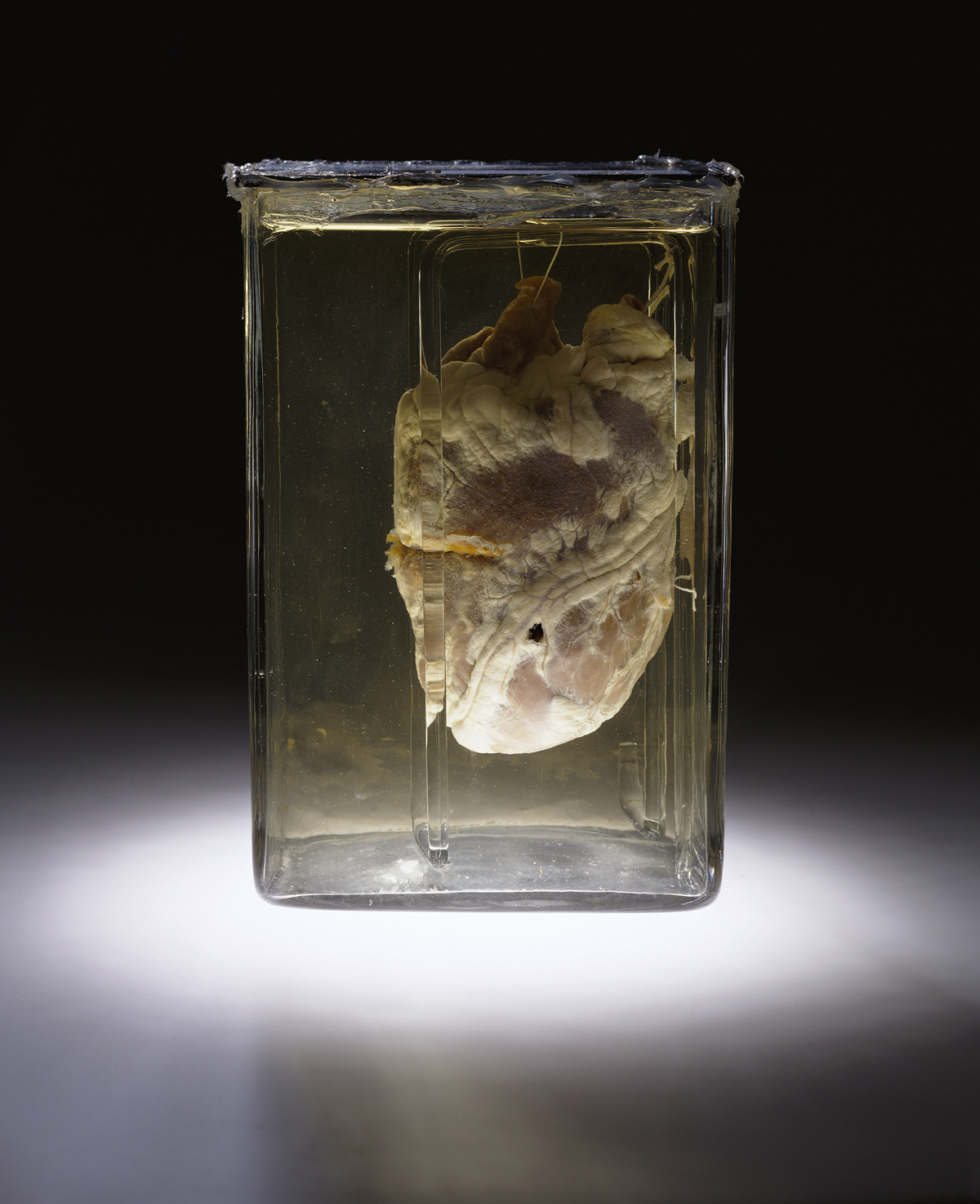|
Indian Academy Of Forensic Medicine
The Indian Academy of Forensic Medicine (IAFM) was founded and registered as Society on 12 May 1972. Dr. I. Bhooshana Rao was the first President of the academy. The Indian Academy of Forensic Medicine is the largest association of the specialty of Forensic Pathology in India. It also publishes its quarterly Journal of Indian Academy of Forensic Medicine regularly. This association has specialist member strength of more than 1200. Publications The Academy also publishes a quarterly-monthly research journal called Journal of Indian Academy of Forensic Medicine, an indexed journal since 1972. The scope of the journal covers all aspects of Forensic Medicine and allied fields, research and applied. References External links * *''Journal of Indian Academy of Forensic Medicine'' {{authority control Medical associations based in India Forensics organizations Organizations established in 1972 ... [...More Info...] [...Related Items...] OR: [Wikipedia] [Google] [Baidu] |
Forensic Pathology
Forensic pathology is pathology that focuses on determining the cause of death by examining a corpse. A post mortem examination is performed by a medical examiner or forensic pathologist, usually during the investigation of criminal law cases and civil law cases in some jurisdictions. Coroners and medical examiners are also frequently asked to confirm the identity of remains. Duties Forensic pathology is an application of medical jurisprudence. A forensic pathologist is a medical doctor who has completed training in anatomical pathology and has subsequently specialized in forensic pathology. The requirements for becoming a "fully qualified" forensic pathologist vary from country to country. Some of the different requirements are discussed below. The forensic pathologist performs autopsies/postmortem examinations with the goal determining the cause of death as well as the possible manner of death. The autopsy report contains conclusions made relating to the following: * The p ... [...More Info...] [...Related Items...] OR: [Wikipedia] [Google] [Baidu] |
India
India, officially the Republic of India (Hindi: ), is a country in South Asia. It is the seventh-largest country by area, the second-most populous country, and the most populous democracy in the world. Bounded by the Indian Ocean on the south, the Arabian Sea on the southwest, and the Bay of Bengal on the southeast, it shares land borders with Pakistan to the west; China, Nepal, and Bhutan to the north; and Bangladesh and Myanmar to the east. In the Indian Ocean, India is in the vicinity of Sri Lanka and the Maldives; its Andaman and Nicobar Islands share a maritime border with Thailand, Myanmar, and Indonesia. Modern humans arrived on the Indian subcontinent from Africa no later than 55,000 years ago., "Y-Chromosome and Mt-DNA data support the colonization of South Asia by modern humans originating in Africa. ... Coalescence dates for most non-European populations average to between 73–55 ka.", "Modern human beings—''Homo sapiens''—originated in Africa. Then, int ... [...More Info...] [...Related Items...] OR: [Wikipedia] [Google] [Baidu] |
Medical Associations Based In India
Medicine is the science and practice of caring for a patient, managing the diagnosis, prognosis, prevention, treatment, palliation of their injury or disease, and promoting their health. Medicine encompasses a variety of health care practices evolved to maintain and restore health by the prevention and treatment of illness. Contemporary medicine applies biomedical sciences, biomedical research, genetics, and medical technology to diagnose, treat, and prevent injury and disease, typically through pharmaceuticals or surgery, but also through therapies as diverse as psychotherapy, external splints and traction, medical devices, biologics, and ionizing radiation, amongst others. Medicine has been practiced since prehistoric times, and for most of this time it was an art (an area of skill and knowledge), frequently having connections to the religious and philosophical beliefs of local culture. For example, a medicine man would apply herbs and say prayers for healing, o ... [...More Info...] [...Related Items...] OR: [Wikipedia] [Google] [Baidu] |
Forensics Organizations
Forensic science, also known as criminalistics, is the application of science to criminal and civil laws, mainly—on the criminal side—during criminal investigation, as governed by the legal standards of admissible evidence and criminal procedure. Forensic science is a broad field that includes; DNA analysis, fingerprint analysis, blood stain pattern analysis, firearms examination and ballistics, tool mark analysis, serology, toxicology, hair and fiber analysis, entomology, questioned documents, anthropology, odontology, pathology, epidemiology, footwear and tire tread analysis, drug chemistry, paint and glass analysis, digital audio video and photo analysis. Forensic scientists collect, preserve, and analyze scientific evidence during the course of an investigation. While some forensic scientists travel to the scene of the crime to collect the evidence themselves, others occupy a laboratory role, performing analysis on objects brought to them by other individuals. Stil ... [...More Info...] [...Related Items...] OR: [Wikipedia] [Google] [Baidu] |


